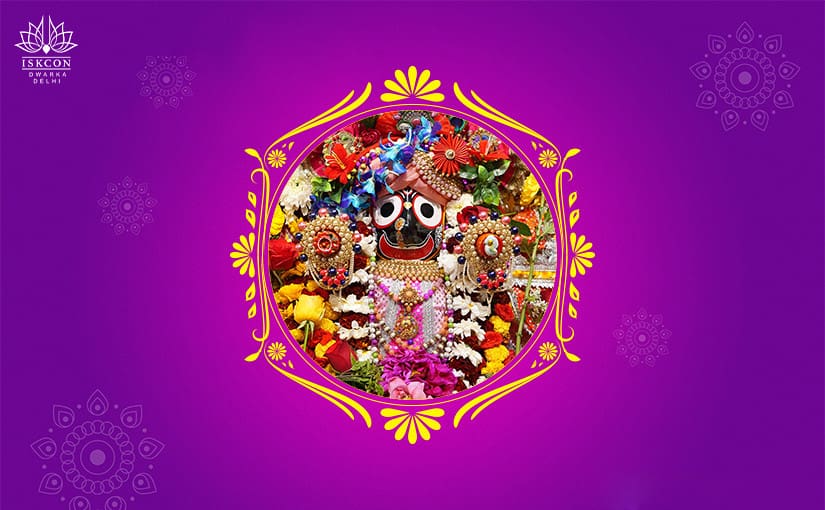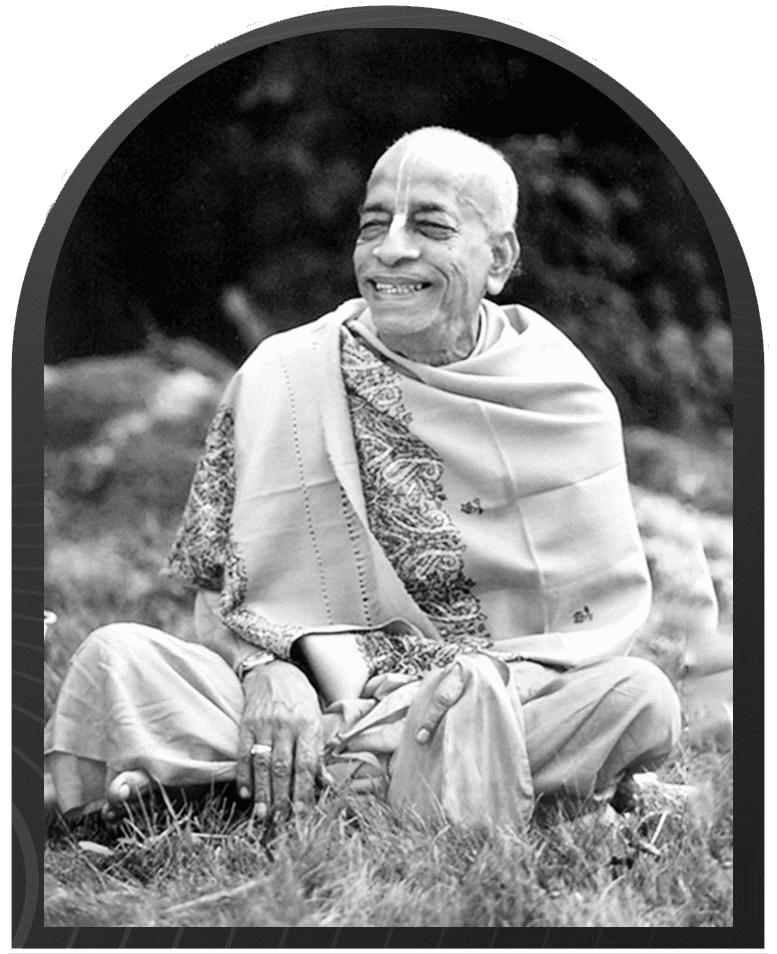The Snana Yatra festival, also known as Devasnan Purnima, is a significant and sacred festival dedicated to Lord Jagannath. It is celebrated on the full moon day in the month of Jyestha. This unique festival marks the bathing ceremony of Lord Jagannath, Lord Balabhadra, and Goddess Subhadra. It attracts thousands of devotees worldwide who believe that a glimpse of the deities on this auspicious day washes away all sins. The festival’s grandeur, rituals, and historical significance make it a unique and spiritual experience for everyone.
Historical Significance of Snana Yatra
The origins of the Snana Yatra are deeply rooted in the Skanda Purana, which narrates the story of King Indradyumna, who installed the wooden deities and initiated this sacred bathing festival. This festival commemorates the appearance of Lord Jagannath – the Lord of the Universe. It is said that when King Indradyumna arranged the bathing ceremony for the deities, he set a precedent for the celebration of Snana Yatra, making it an integral part of the Jagannath worship tradition.
Its association with various legends and myths further enriches the festival’s historical significance. One such story involves a profound scholar and staunch devotee of Lord Ganesh who visited Puri during Snana Yatra. Initially reluctant to worship any deity other than his Ishtadevata Ganesh, the scholar was astonished when Lord Jagannath appeared in a huge form resembling Lord Ganesh. This miraculous event led to the tradition of dressing the deities in Hati Vesha (elephant attire) during the Snana Yatra, thus blending Snana Yatra history and divine intervention into a captivating narrative.
Why Snana Yatra is Celebrated
Snana Yatra is celebrated to honor Lord Jagannath’s appearance and perform the sacred ritual of bathing the deities. The festival serves multiple purposes, including spiritual cleansing, where devotees believe that witnessing the deities during Snana Yatra absolves them of all sins, making the sight of the Lord being bathed highly auspicious and purifying. It also commemorates the ancient ritual established by King Indradyumna, preserving and continuing the tradition of worshipping Lord Jagannath with grandeur and devotion. The sacred bathing festival symbolizes the purification and renewal of the deities, reflecting the cyclical nature of life and the importance of spiritual cleansing. Additionally, the festival allows devotees to actively participate in the rituals, enhancing their spiritual connection with the divine and fostering a sense of community and shared devotion among pilgrimage to Snana Yatra. Beyond its religious significance, Snana Yatra is a cultural spectacle featuring vibrant processions, traditional music, and elaborate decorations that showcase the rich cultural heritage of Odisha and its devotion to Lord Jagannath.
Rituals and Ceremonies of Snana Yatra
The rituals and ceremonies of Snana Yatra are elaborate and meticulously planned, reflecting deep-rooted traditions and spiritual significance. The festival spans several days, each filled with specific rites and customs.
Pahandi Vijay
On the eve of the Lord Jagannath Snana Yatra, the deities are ceremonially brought out from the temple’s inner sanctum in a grand procession called Pahandi Vijay. This procession is a spectacular sight accompanied by music, chanting, and drum beating. The deities, Lord Jagannath, Lord Balabhadra, Goddess Subhadra, and Sudarshana, are taken to the Snana Mandapa (bathing platform).
The Snana Mandapa is strategically located northeast of Ananda Bazar and beside the temple’s outer wall, known locally as Meghanada Pacheri. It is elevated to a height that allows devotees outside the temple to have a clear view of the deities.
Fetching of the Holy Water
The ritual of fetching holy water is an integral part of Snana Yatra. On the morning of the festival, a ceremonial procession is undertaken to draw 108 water pots from the Golden Well (Suna Kua). The well is specially opened only once a year for this purpose. To ensure the sanctity of the water, those involved in drawing it cover their mouths with cloth to avoid contamination even from their breath.
The water-filled pots are then preserved in the Bhoga Mandap, where they undergo purification with turmeric (Haladi), whole rice (Java), sandalwood (Chandan), flowers, and perfumes. This purified water is then used for the bathing ceremony.
Jalabhisheka
The main bathing ritual, known as Jalabhisheka, occurs in the morning. The deities, adorned in silk cloth and smeared with red powder, are bathed with the water from the 108 golden vessels. This sacred bath is performed amidst the chanting of Vedic mantras, ecstatic kirtan, and the blowing of conch shells, creating an atmosphere of divine celebration.
Hati Vesha (Elephant Attire)
In the evening, after the bathing ritual, the deities assume the Hati Vesha, where Lord Jagannath and Lord Balabhadra are dressed as elephants, and Goddess Subhadra is adorned with a lotus flower attire. This unique tradition stems from the legend of the scholar devotee of Lord Ganesh and adds a fascinating dimension to the festival.
Anasara (Period of Recuperation)
Following the Snana Yatra, the deities are believed to fall ill and are kept away from public view for 15 days, known as Anasara. During this time, the Raj Vaidya (the king’s physician) treats the deities with specific medicines and offers them only fruits and water mixed with cheese. This period is a time of rest and recovery for the deities after their grand bath.
Netrotsava (Festival for the Eyes)
On the 16th day, after the deities have recovered, they are reintroduced to the public in a festival called Netrotsava, or the Festival for the Eyes. This marks the first appearance of the deities after Snana Yatra, and it is a moment of great joy and reverence for the devotees. The deities, freshly painted and decorated, bless the devotees with their divine presence.
Divine Deities of Snana Yatra: Lord Jagannath and His Siblings
The Snana Yatra primarily centers around the divine trio—Lord Jagannath, Lord Balabhadra, and Goddess Subhadra. Each deity holds a unique significance and is revered in its own right.
Lord Jagannath
The Lord of the Universe, aka Lord Jagannath, is the central figure of Snana Yatra. He is worshipped as a wooden idol, characterized by his large, round eyes and broad smile. Lord Jagannath is considered a manifestation of Lord Krishna and is deeply revered in Odisha and beyond. His presence during the Snana Yatra is believed to bring immense blessings and spiritual cleansing to the devotees.
Lord Balabhadra
Lord Balabhadra, Lord Jagannath’s elder brother, is another important deity in the festival. He is depicted with a fair complexion and is often associated with strength and agriculture. During the Snana Yatra, Lord Balabhadra, like his brother, is bathed and adorned in the Hati Vesha, signifying his divine and majestic form.
Goddess Subhadra
Goddess Subhadra, the sister of Lord Jagannath and Lord Balabhadra, completes the divine trio. She is worshipped as a benevolent and protective goddess. During the Snana Yatra, she is dressed in a lotus flower attire, symbolizing purity and grace. Her presence at the festival adds a touch of femininity and divinity to the grand celebration.
Sudarshana
Alongside the primary deities, Sudarshana, a symbolic representation of Lord Vishnu’s divine discus, is also part of the Snana Yatra. Sudarshana is considered a protector and is worshipped for his ability to dispel evil and bring righteousness.
Conclusion
The Snana Yatra is a profound and deeply spiritual festival that celebrates the divine bathing ceremony of Lord Jagannath and his siblings. Steeped in history, mythology, and vibrant Snana Yatra rituals, it offers a unique opportunity for devotees to connect with the divine and find spiritual purification. The elaborate ceremonies, from the fetching of holy water to the grand Jalabhisheka and the enchanting Hati Vesha, create an atmosphere of devotion, joy, and reverence.
As the deities undergo their period of rest and recovery during Anasara, devotees eagerly await their reappearance during Netrotsava, marking the culmination of this sacred festival. The Snana Yatra festival reinforces the timeless worship traditions and brings together a community of believers united in their love and devotion to Lord Jagannath. By participating in the Snana Yatra, devotees experience a journey of spiritual renewal and divine connection, making it a festival that transcends the boundaries of time and space, touching the hearts of all who witness its grandeur.





